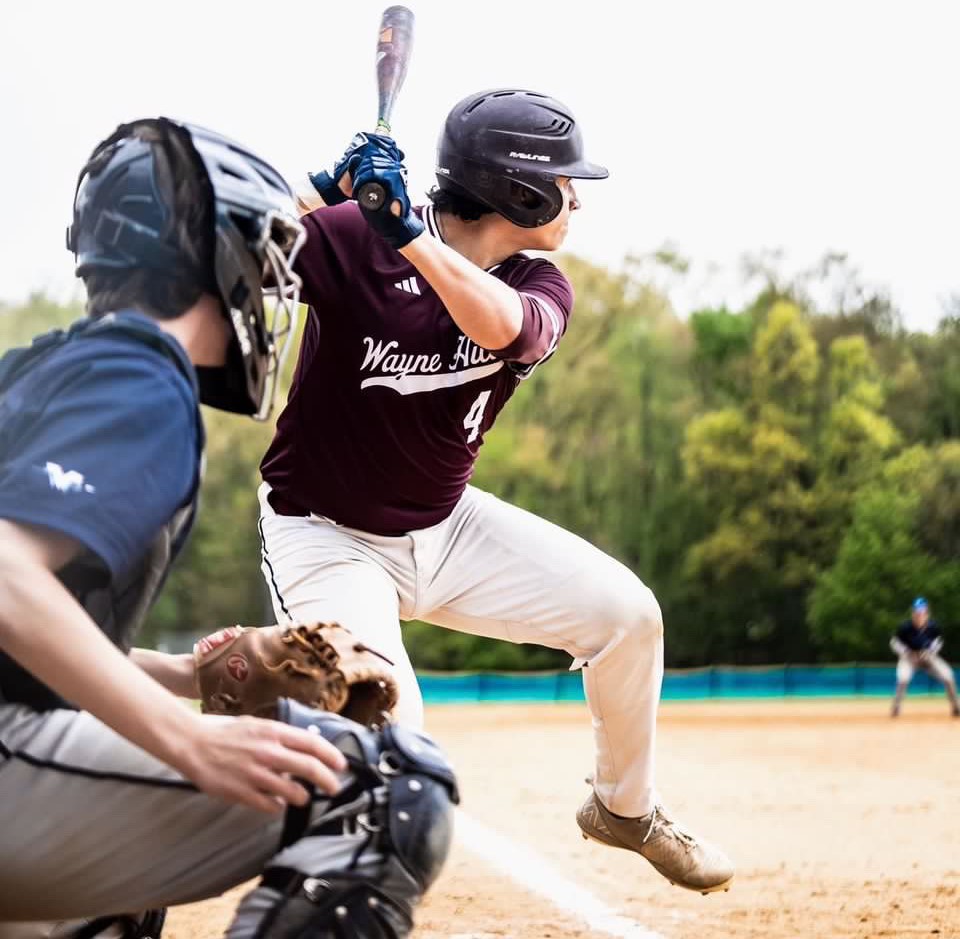
The Summer Hitting Program is a comprehensive 12-week protocol specifically designed for graduating seniors and college-level pitchers whose main priority is to improve their performance at the plate. It’s heavily reliant on data analytics to assess and develop players. It includes an extensive upfront assessment covering various hitting metrics, and the athlete’s strength and mobility profile. The following is a summary of the many aspects of the summer program.
*** Note…
-
- Summer hitting program schedule can be adjusted for those playing summer ball
- Participation in the summer program requires pre-approval (and you must be at least 17 or older).
Objectives
The objectives of the summer program are as follows:
-
- Improve strength and power
- Improve overall hitting mechanics
- Kinematic Sequencing
- Swing Path Metrics
- Batted Ball Results
- Increase bat speed and exit velocity
- Improve overall adjustability at the plate
- Improve overall physicality and become more athletic
Initial Evaluation
The initial evaluation is a thorough analysis and review of your overall physicality and pitching mechanics and it includes the following:
-
- Initial movement screen
- Body composition evaluation
- Strength testing
- Power production testing
- Upper half – Proteus Motion power testing
- Lower half – VALD Force Plate testing
- Video review and analysis
- Initial sit-down and review meeting to go over the summer plan
Training and Programming – Individualized
The strength training program is 100% designed around your specific needs based on the initial assessment, from mobility to strength training to power production.
-
- Customized mobility routine based off the initial assessment
- Strength & conditioning programming – Individualized
- 12-week program (three 4-week blocks)
- Programming based on the athletes’ individual needs (lean body mass, strength and/or power)
- Velocity-based training with VBT sensors in the weight room
- Up to 5x / week
- Focus on being game-ready in September
Hitting Program
The program is 100% based off your specific needs as a hitter:
-
- 12-week program (three 4-week blocks)
- Hitting schedule – 3x / week
- Swing path design
- Rotational acceleration
- Attack angle
- Vertical bat angle
- Bat speed
- Power generation
- Kinematic sequencing
- K-vest Motion Capture
- Batted ball results
- Live at Bats
Exit Review
Upon completion of the program, you will receive what basically amounts to an exit review, going over where you started and how you ended the program.
-
- Movement screen
- Body composition evaluation
- Strength testing
- Power production testing
- Upper half – Proteus Power testing
- Lower half – Vald Force Mat testing
- Video assessment
- Exit review meeting
Premium Package Additions
The following additions are available under a premium package.
-
- 1 on 1 meeting with Nutritionist
- 1 on 1 meeting with Mental performance coach
Recent Success Stories
Andrew Holub – Wake Tech’s Infielder Recent Exit Velo as High as 109 mph… How did he do it? Read more…
Jackson Kammen – Gettysburg’s Catcher Exit Velo is up 5-6 mph… How did he do it? Read more…
Tyler Hmielewski – Susquehanna Infielder Hmielewski Gets a 9 mph Pickup in Bat Speed… How did he do it? Read more…
Lucas Malave – Outfielder at Catholic University is on fire, through 27 games played, Lucas is hitting .333 with 7 HR, 28 RBI, 27 R, and 6 SB… How did he do it? Read more…
Connor Roche – Wagner Commit, ten games into the spring, he is batting .667 and has a .939 slugging average… How did he do it? Read more…
CJ Orrego – Pace University Commit, after 62 ABs, he batted .435 (vs .226 LY) and had a .774 slugging average (vs .339 LY)… How did he do it? Read more…

